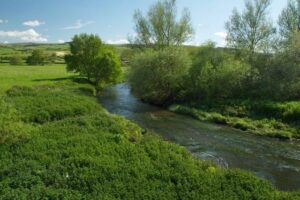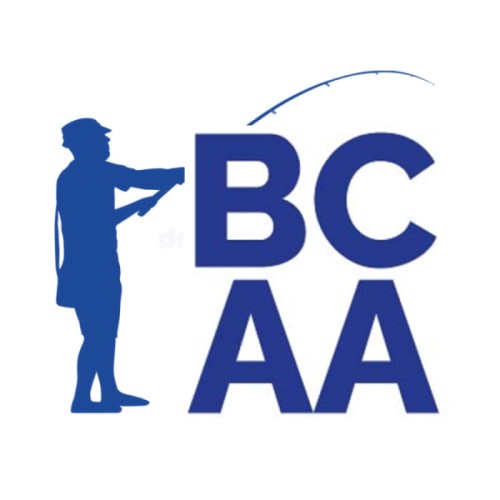Ranunculus Rejuvenation Project – R. Aire Gargrave
Before the 2018 January/February high river spates, one of which was the highest ever recorded at Gargrave, Water Crowfoot (Ranunculus aquatilis) was spread sparsely over the beat but highly concentrated between ‘The Willows’ section and the end of the beat below Broughton Beck.
Before then , it was not unusual for the stretch below the railway bridge for flowering plants almost cover the water, making it nigh impossible to fish.

As a result of the very high water levels during the 2018 January/February period most of the weed was removed from the beat. There now only remains a few sparse patches, the majority of which is at the beat bottom.
The Association, through the Fly Sub-committee wans to reinstate Water Crowfoot, in selected strategic places along the beat, by relocating 200 plants each year for five years.
The re-introduction of Crowfoot is a natural extension to the work we have undertaken over the past years.
There is extensive scientific discussion regarding the benefits of Crowfoot in rivers – this is one article that discusses benefits : https://www.gwct.org.uk/fishing/research/salmon/how-does-water-crowfoot-benefit-young-salmon-and-trout/ There are many others and I am sure Jon can add much to this.
Harvesting plants and relocation method is very simple :
- remove plant and root system by pulling from loose gravel,
- placing harvested plants in water for transportation,
- wetting squares of hessian (or even using small hessian bags,
- creating a depression in stream bed where plant needs to be relocated,
- place the plant on the depression,
- backfill and place a rock upstream over the base of the plant.
If you would like to help, the first working party will be on Thursday 6th July 2023. Please contact Tony Callaghan (tony.callaghan59@yahoo.co.uk) if you would like to help.


